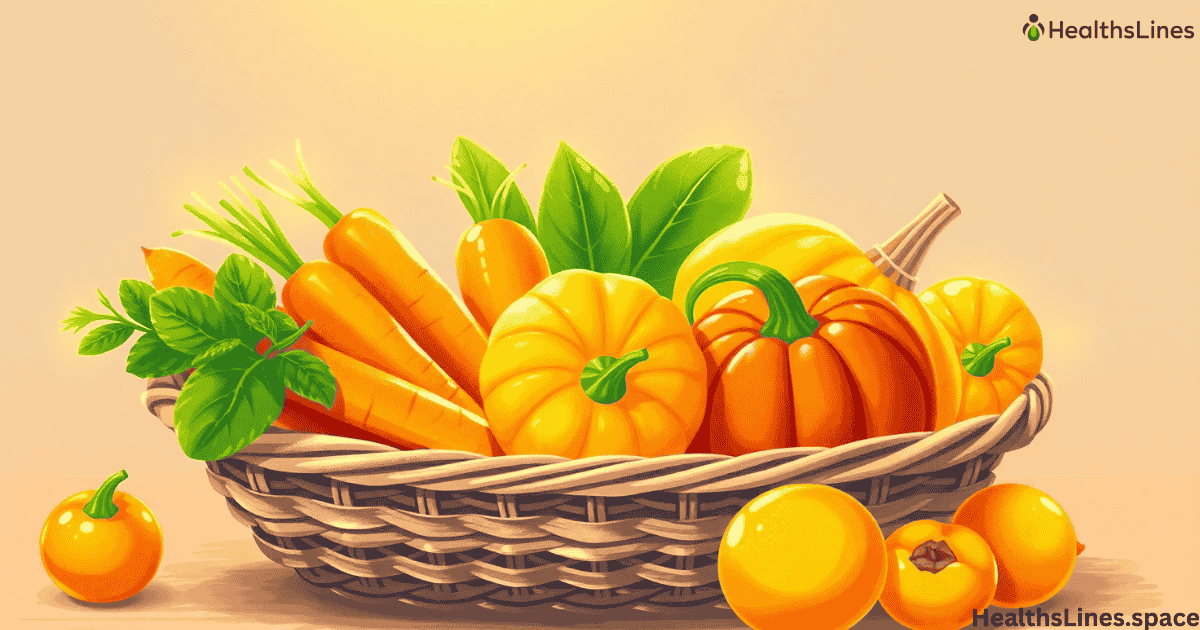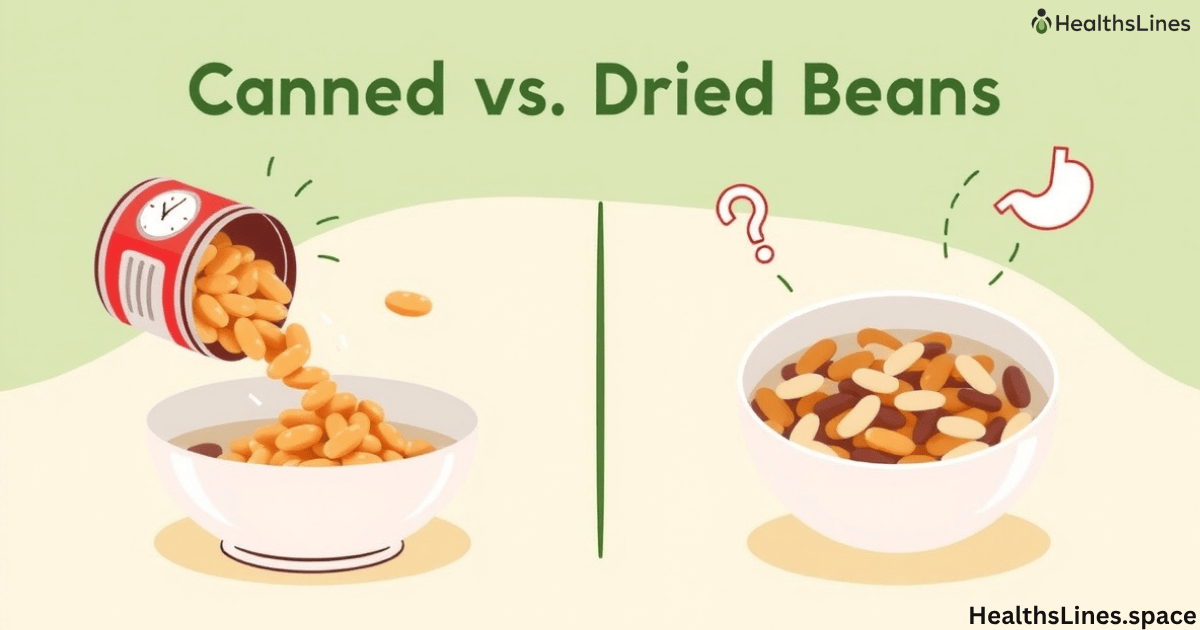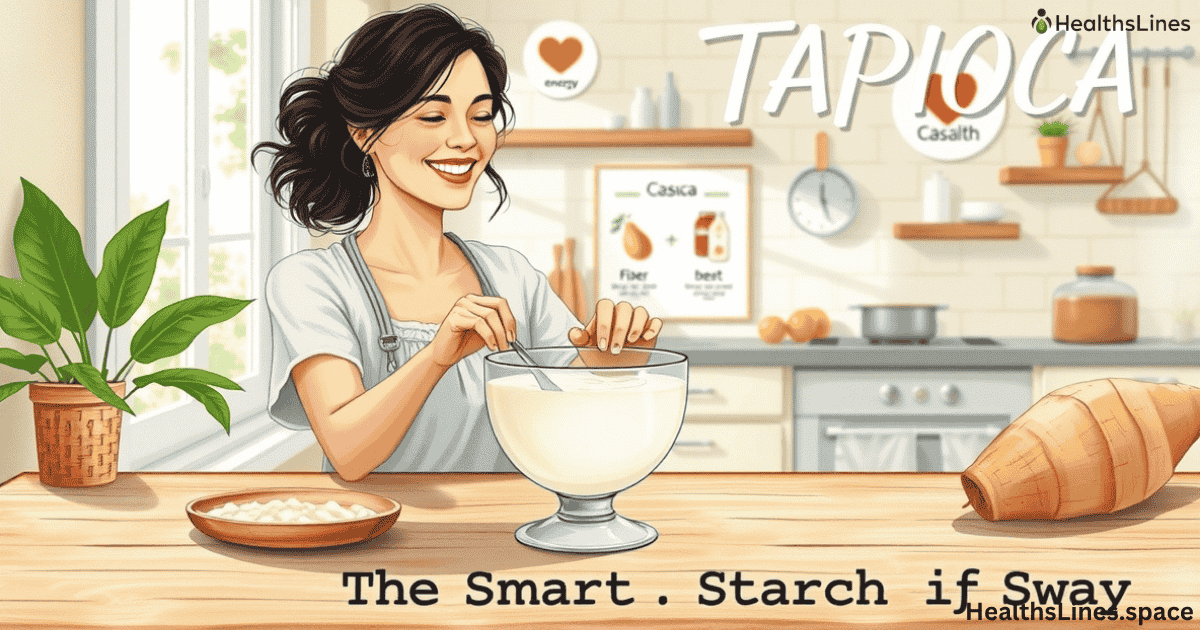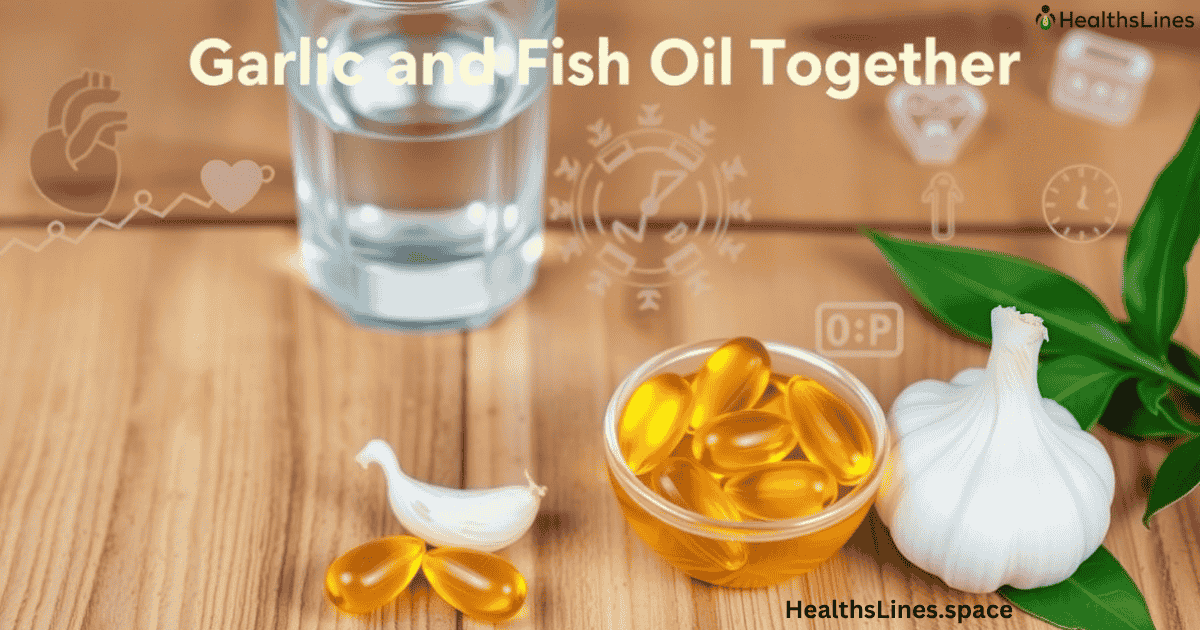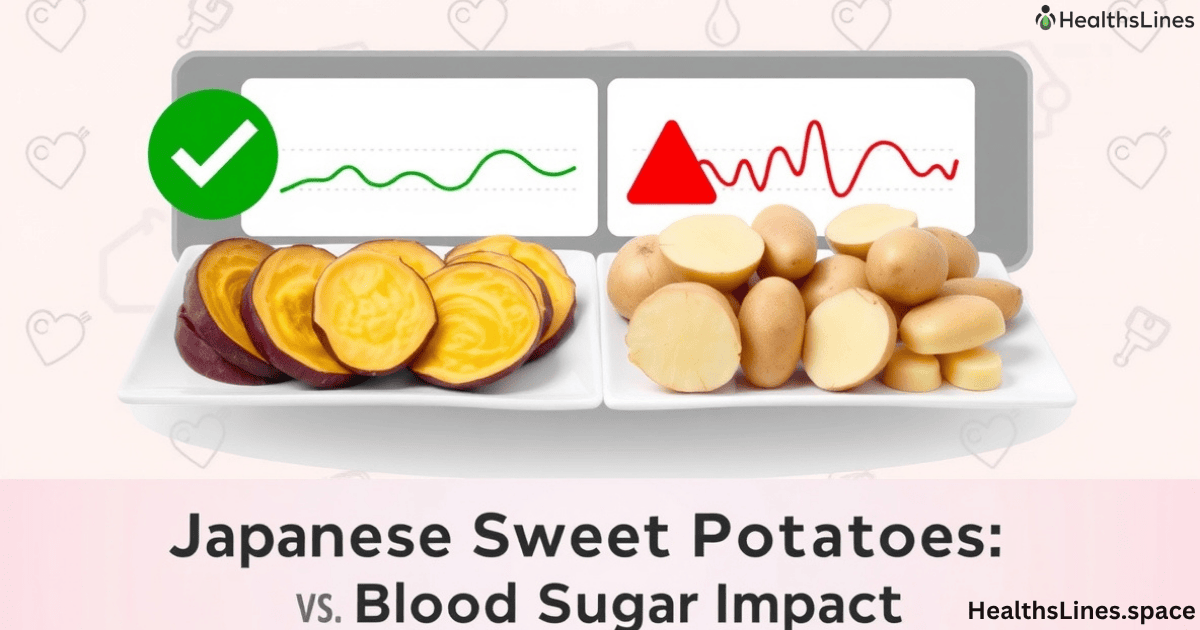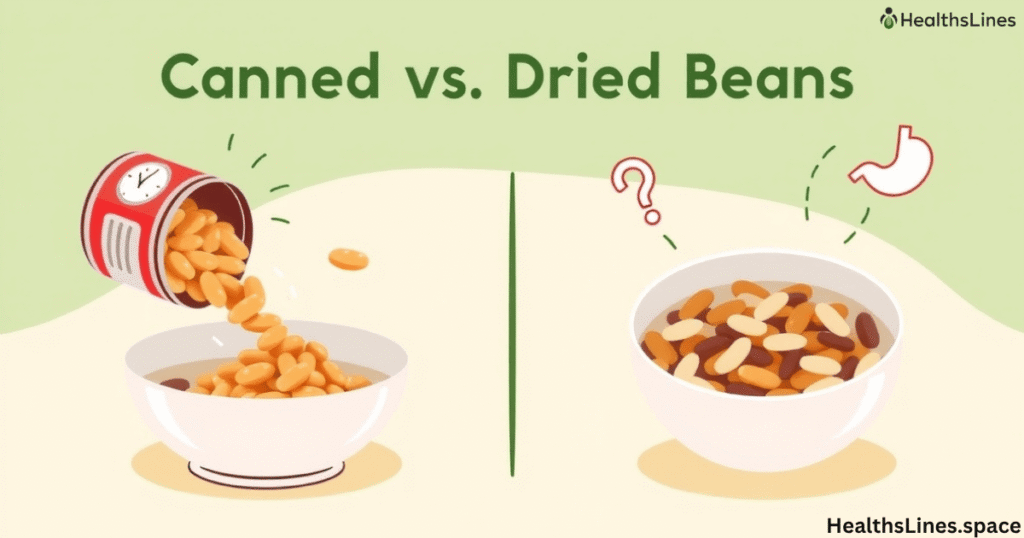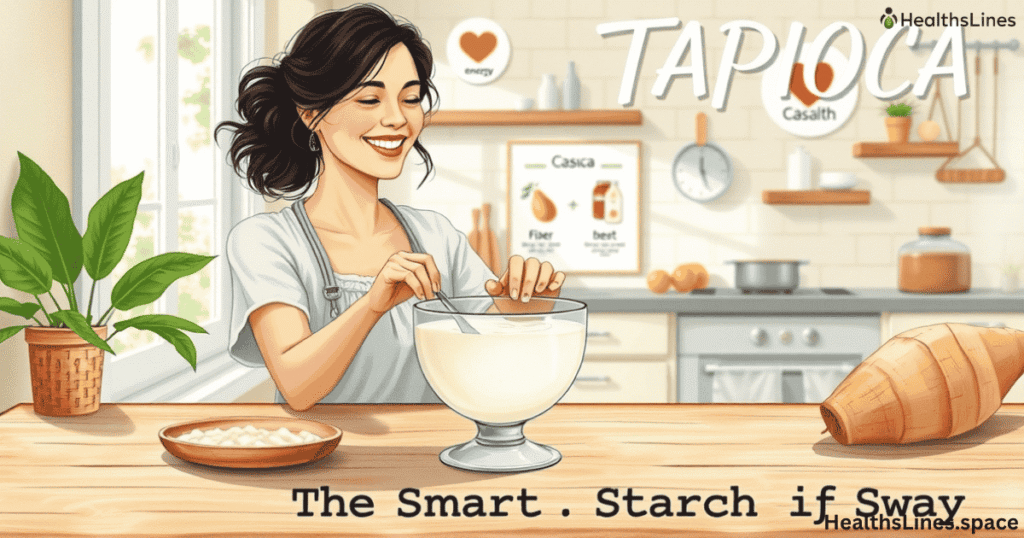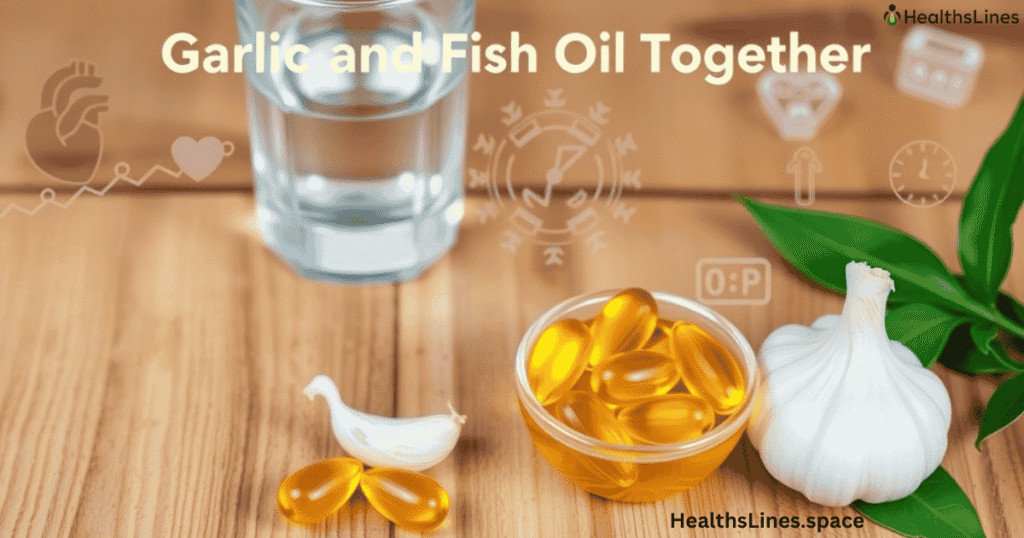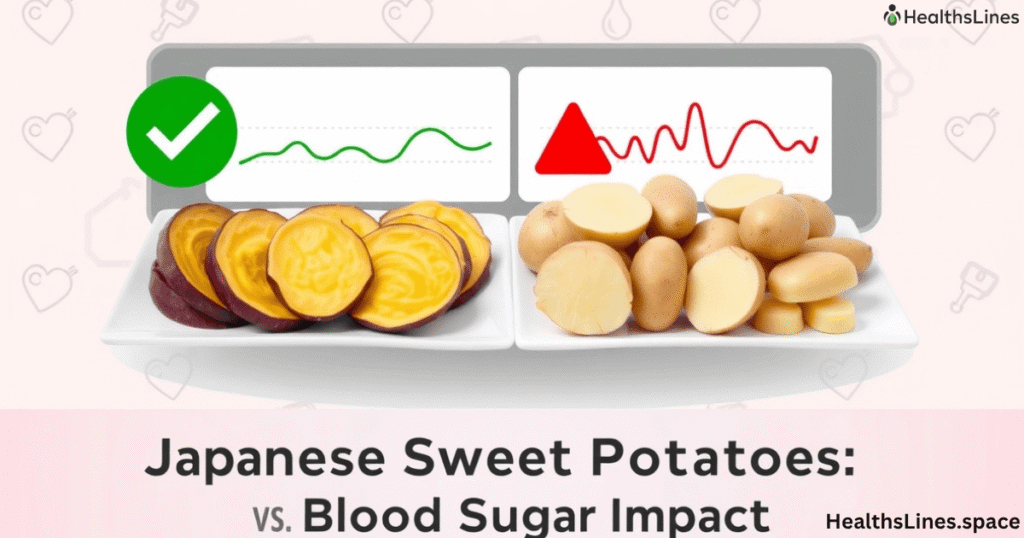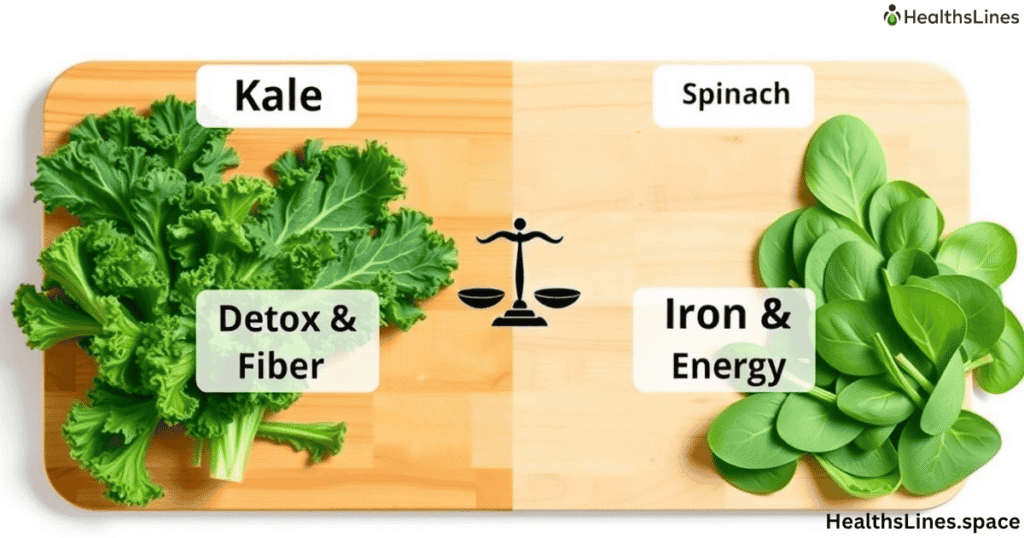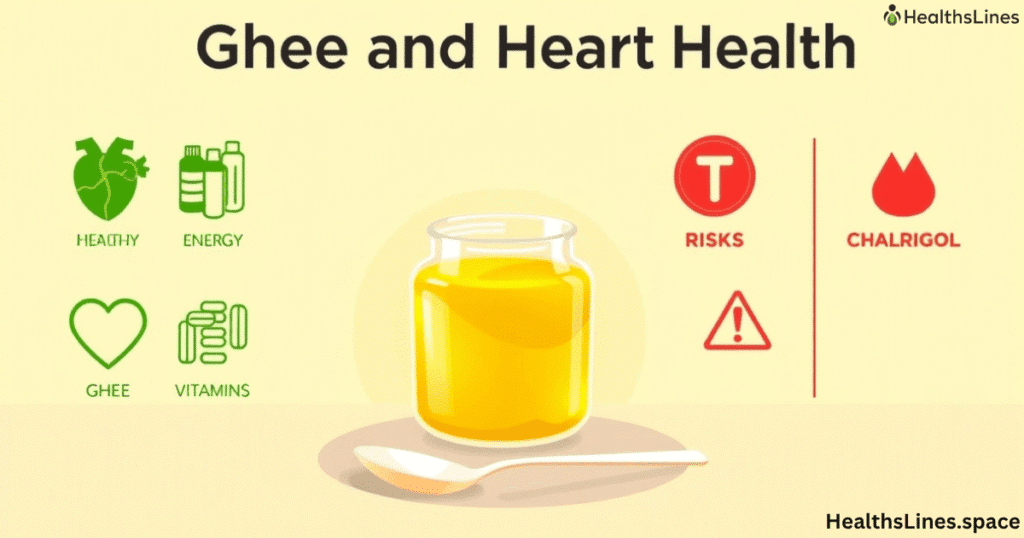If you’ve ever wondered why carrots are bright orange or why pumpkins have such a deep golden color, the answer is beta carotene. This plant pigment not only gives foods their rich shades but also provides powerful health benefits. When you eat beta carotene foods, your body can turn them into vitamin A, which helps your eyes, skin, and immune system stay strong. On top of that, beta carotene itself works as an antioxidant, protecting your cells from damage.
Adding foods high in beta carotene to your diet is an easy way to improve your overall health. Since many of these foods are also packed with fiber, minerals, and other vitamins, they give your body what it needs to thrive. In this article, we’ll explore 13 of the best sources of beta carotene, learn how much you need, the benefits, and even what happens if you eat too much. By the end, you’ll have a clear idea of how to build a colorful and healthy plate.
What Is Beta Carotene and Why Does It Matter?
Beta carotene is part of a family of plant compounds called carotenoids in food. These compounds are found in colorful fruits and vegetables. Your body can take beta carotene and convert it into vitamin A, which is vital for your health. The extra beta carotene acts as a strong antioxidant, meaning it protects your cells from harmful free radicals that can speed up aging and disease.
You’ve probably heard of vitamin A rich foods being important for eyesight, but that’s only one piece of the puzzle. Beta carotene also supports your immune system, helps your skin heal, and may lower your risk of heart disease and cancer. In fact, researchers often link high intake of beta carotene vegetables and fruits with longer, healthier lives. That’s why adding these beta carotene rich foods to your diet makes a real difference.
13 Foods High in Beta Carotene
Carrots
Carrots are one of the most well-known beta carotene vegetables. They’re crunchy, sweet, and full of nutrients. One medium carrot has more than your daily need for vitamin A. Carrots beta carotene becomes easier for your body to use when the carrots are cooked lightly, like steamed or roasted. Eating them with a small amount of fat, such as olive oil, also helps your body absorb the nutrients better.
People who eat carrots often enjoy better vision, smoother skin, and stronger immune systems. Because they are affordable and easy to find, carrots are one of the best sources of beta carotene in everyday diets.
Sweet Potatoes
Sweet potatoes are another powerful food on the beta carotene vegetables list. One medium baked sweet potato gives you several times the daily recommended vitamin A. Like carrots, their sweet potatoes beta carotene is absorbed better when cooked and eaten with a little fat.
Beyond beta carotene, sweet potatoes also bring fiber, potassium, and vitamin C to your meals. This makes them good for your heart, your digestion, and your immune system. Sweet potatoes are proof that foods high in beta carotene can be both delicious and nourishing.
Pumpkin
Pumpkin is a seasonal favorite that’s full of pumpkin beta carotene. Just one cup of cooked pumpkin provides more than double your daily vitamin A needs. Its natural sweetness makes it great for soups, pies, or even smoothies.
Case studies have shown that people who eat pumpkin regularly during the autumn months have higher vitamin A levels and fewer beta carotene deficiency symptoms. This shows how valuable beta carotene fruits and vegetables can be for overall health.
Butternut Squash
Butternut squash is creamy, slightly nutty, and loaded with nutrients. Its butternut squash beta carotene content makes it one of the most antioxidant rich vegetables. It’s also packed with vitamin C, magnesium, and potassium.
Eating butternut squash regularly may help lower oxidative stress, which is linked to heart disease and diabetes. For people looking for beta carotene antioxidant benefits, this vegetable is a tasty and versatile choice.
Kale
Kale is often called a “superfood,” and for good reason. This dark leafy green is high in kale beta carotene, vitamin K, and lutein. These nutrients work together to protect your eyes and bones.
Adding kale to your salads, smoothies, or stir-fries is an easy way to get more beta carotene foods in your diet. Unlike supplements, kale and other plant-based sources provide steady benefits without the risk of beta carotene toxicity.
Spinach
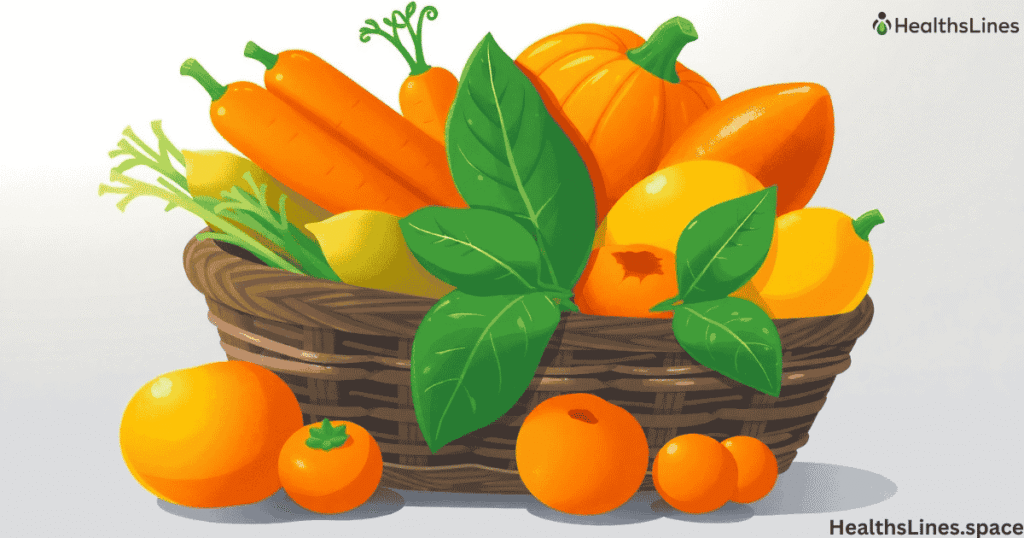
Spinach is another leafy green powerhouse. Raw spinach is especially rich in spinach beta carotene, while cooking it brings out other antioxidants. Along with beta carotene, spinach provides folate, iron, and magnesium.
Eating spinach regularly helps keep your skin healthy, your immune system strong, and your body less inflamed. Since it’s widely available and inexpensive, spinach is one of the most practical beta carotene vegetables to include in daily meals.
Collard Greens
Collard greens may not be as popular as spinach or kale, but they are rich in collard greens and beta carotene. They’re also a good source of calcium and vitamin K, which support bone health.
In southern U.S. diets, collard greens have long been valued as immune boosting vegetables. Their high beta carotene content helps fight infections and keeps the eyes healthy.
Broccoli
Broccoli isn’t just high in vitamins—it’s also rich in cancer-fighting compounds. While its broccoli beta carotene level is lower than carrots, it contains sulforaphane and vitamin C, making it a strong antioxidant rich vegetable.
Research shows that eating broccoli regularly is linked to lower risks of lung and digestive cancers. This is one reason broccoli is always included in the beta carotene vegetables list recommended by nutritionists.
Cantaloupe
Cantaloupe is a refreshing fruit with plenty of cantaloupe beta carotene in its orange flesh. One serving covers nearly half your daily vitamin A needs.
Besides beta carotene, cantaloupe provides hydration, vitamin C, and potassium. It’s an ideal food for hot weather and is often recommended as one of the beta carotene fruits for healthy skin and a stronger immune system.
Apricots
Apricots may be small, but they pack a powerful nutritional punch. Fresh or dried, apricots beta carotene makes them a great option for healthy snacks. They support skin health by helping protect and repair cells.
Mediterranean diets often include apricots, and studies have linked them with lower heart disease risk. That’s why apricots are considered one of the top foods with beta carotene for everyday use.
Mangoes
Mangoes are tropical fruits bursting with flavor and nutrition. Their mangoes beta carotene combines with vitamin C, making them excellent for boosting immunity.
In India, case studies showed that communities who ate mangoes regularly had lower rates of vitamin A deficiency. This proves how important beta carotene food sources can be in preventing malnutrition.
Red Peppers
Red peppers are often overlooked, but they are one of the highest beta carotene vegetables. Beta carotene is especially strong when the peppers are fully ripened. They also have more vitamin C than many fruits.
Cooking red peppers brings out even more antioxidants. They are a big part of Mediterranean diets, which are known for heart health benefits and long lifespans.
Dandelion Greens
Dandelion greens may grow like weeds, but they’re rich in nutrients. Beta carotene content is higher than many other greens, making them one of the best sources of beta carotene.
Traditionally, dandelion greens have been used to cleanse the liver and aid digestion. Today, they’re recognized as one of the most powerful beta carotene vegetables for boosting vitamin A naturally.
Health Benefits of Beta Carotene
The list of beta carotene health benefits is long. It helps keep your eyes sharp, lowers the risk of vision loss, and supports healthy skin. It also protects your body from damage caused by free radicals, which can lead to early aging and disease.
Beta carotene and heart health are closely linked as well. People who eat more beta carotene rich foods tend to have lower cholesterol oxidation and healthier arteries. Research also shows that high intake of these foods can lower the risk of certain cancers, especially lung and digestive cancers.
How Much Beta Carotene Do You Need Daily?
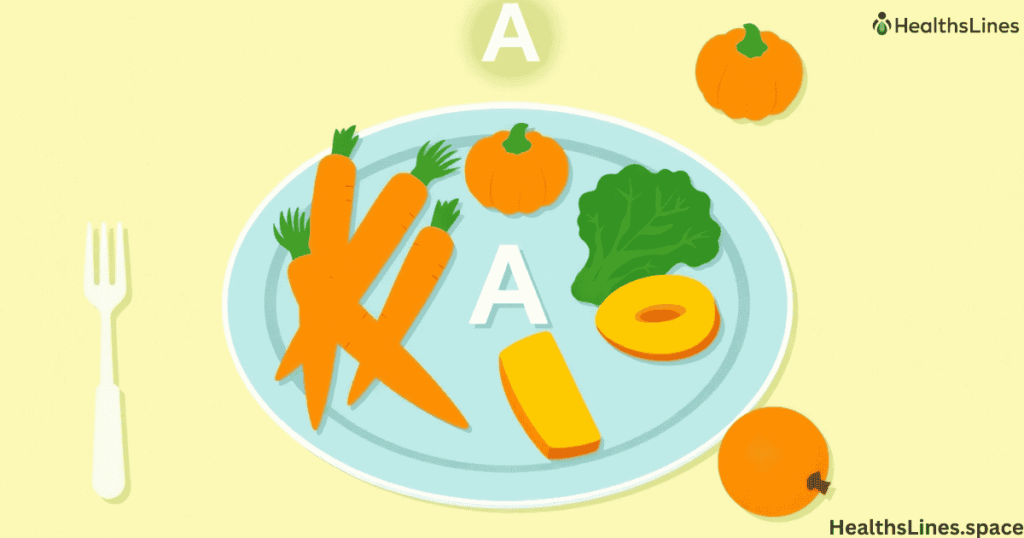
So, how much beta carotene per day do you need? Most experts recommend between 3,000 and 5,000 IU of vitamin A for adults. This can be easily reached by eating a mix of beta carotene vegetables and fruits.
Here’s a simple beta carotene food chart showing the content in some common foods:
| Food | Beta Carotene (per 100g) | Vitamin A Equivalent |
| Carrots | 8,285 mcg | 828 mcg RAE |
| Sweet Potatoes | 9,440 mcg | 944 mcg RAE |
| Pumpkin | 3,100 mcg | 310 mcg RAE |
| Kale | 9,200 mcg | 920 mcg RAE |
| Spinach | 5,600 mcg | 560 mcg RAE |
Eating a mix of these beta carotene foods daily gives you all the vitamin A your body needs, without the risks of supplements.
Can You Have Too Much Beta Carotene?
It’s rare to get too much beta carotene from food, but it can happen with supplements. The most common result of too much beta carotene is a harmless condition called carotenemia, where your skin turns yellow or orange.
Problems appear when people take high-dose supplements. Studies showed that smokers who took large amounts of synthetic beta carotene had higher cancer risks. That’s why experts recommend sticking to natural vs synthetic beta carotene found in fruits and vegetables.
Conclusion
Adding beta carotene fruits and vegetables to your diet is one of the easiest ways to stay healthy. From carrots beta carotene to mangoes beta carotene, these foods help your eyes, your skin, your heart, and your immune system.
Instead of pills, choose natural beta carotene food sources like spinach, sweet potatoes, red peppers, and cantaloupe. These foods provide not only beta carotene antioxidant benefits but also many other vitamins and minerals that work together to protect your health. A colorful plate isn’t just nice to look at—it’s one of the best things you can do for your body.
